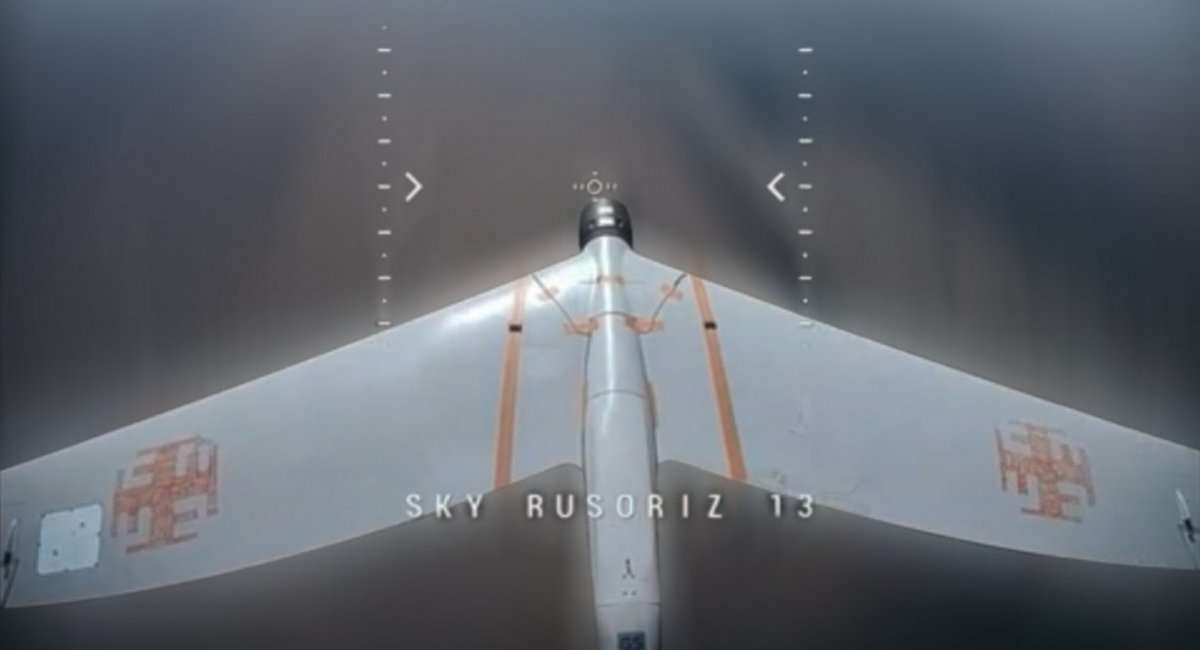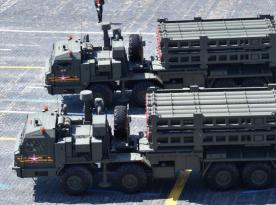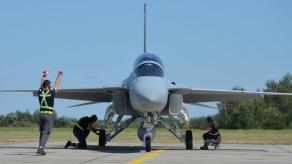Recently introduced to aerial warfare, the so-called anti-aircraft FPV drones, employed by Ukrainians, have become a headache for the russian invasion forces. These presumably small remotely controlled explosive devices have assumed the role of interceptors of russian reconnaissance unmanned aerial vehicles and even larger attack drones, having downed over a hundred Zala-series and Orlan-10 drones. And the part that annoys russians the most is how the interceptor is hundreds, if not a thousand times cheaper than the target.
After this technology became widely used on the frontline — around July 2024, when first videos started appearing — the russian military faced the need of effective countermeasures and started developing them. However, all the solutions known so far are grassroots methods, put forward by drone-themed online communities.
Read more: Ukraine's FPV Drone Intercepts russian Lancet Loitering Munition (Video)
У росіян мінус Суперкам та рідкісний Мєрлін завдяки воїнам 38 бригади морської піхоти та програмі «Небесний русоріз»! pic.twitter.com/6IBxWJNfLd— Serhii Sternenko (@sternenko) September 9, 2024
For instance, one suggests equipping reconnaissance UAVs with FPV drone detectors which should warn if a hostile interceptor approaches closer than 100 meters. This early warning system can be supplemented by an additional all-round-view camera to inspect the upper hemisphere of the scout drone, controlled by the second operator. Another questionable idea is to install a sound detector on the UAV so it can hear a threat incoming.
Such innovations, according to the russians, should at least help in detecting the threat, and the main operator would react accordingly: for example, increase the speed and try to break away from the anti-aircraft FPV.
One interesting suggestion of a direct countermeasure is to install low-power electronic warfare devices on reconnaissance UAVs, powered from the drone's battery. Alternatively, a portable net launcher to neutralize the interceptor.
Both solutions would have a debatable effectiveness, in particular, an EW system is not an abstract thing, but a product that works at specific frequencies that must match those utilized by the enemy FPV drone. Moreover, aircraft in general are very limited in space, weight, and energy to install additional payload, not to mention aerodynamics. And the net launcher remains a very exotic anti-drone tool even for specialized quadcopter drone hunters.

A different kind of solution aims to counter drones through organizational means, in particular, by marking their own UAVs with large number codes. These markings will help to instantly identify which one of their UAVs is targeted — by intercepting live video feed from enemy FPV drones, — and evade the attack.
All in all, most of the solutions presented try to deal with early warning and detection, while the ones directed at neutralizing the interceptor are still early concepts with arguable practicality. This indicates that the new Ukrainian technology is currently one step ahead, and it will take time, trial, and error until a proper solution is found.
That is to once again showcase why anti-aircraft FPV drones have potential greater than traditional air defense missiles. In the meantime, they continue to down russian UAVs in batches and even pose a significant threat to attack helicopters.
Ще одне ураження російського гелікоптера за допомогою FPV!Воїни підрозділу М2 Центру спеціальних операцій СБУ на Курщині змогли вдарити вашим FPV по ще одному російському гвинтокрилу.Цього разу Мі-8 отримав удар у хвостову частину дроном із потужною осколковою БЧ.Подальша… pic.twitter.com/sY8jbdiIao — Serhii Sternenko (@sternenko) August 9, 2024
Thus, in view of such a number of proposals, apparently the russians do not yet have a solution for countering Ukrainian anti-aircraft drones. And this is another point in favor of this tool, which can really be better than traditional anti-aircraft missiles.
Read more: russians Start Using Drone-Catcher Against Ukrainian UAVs














